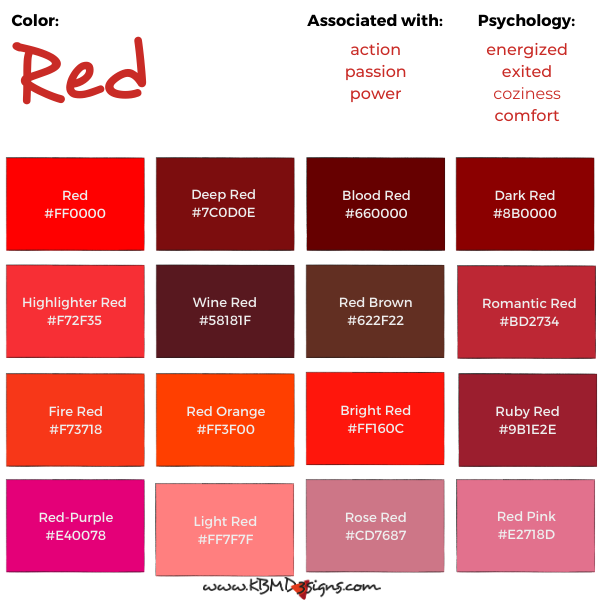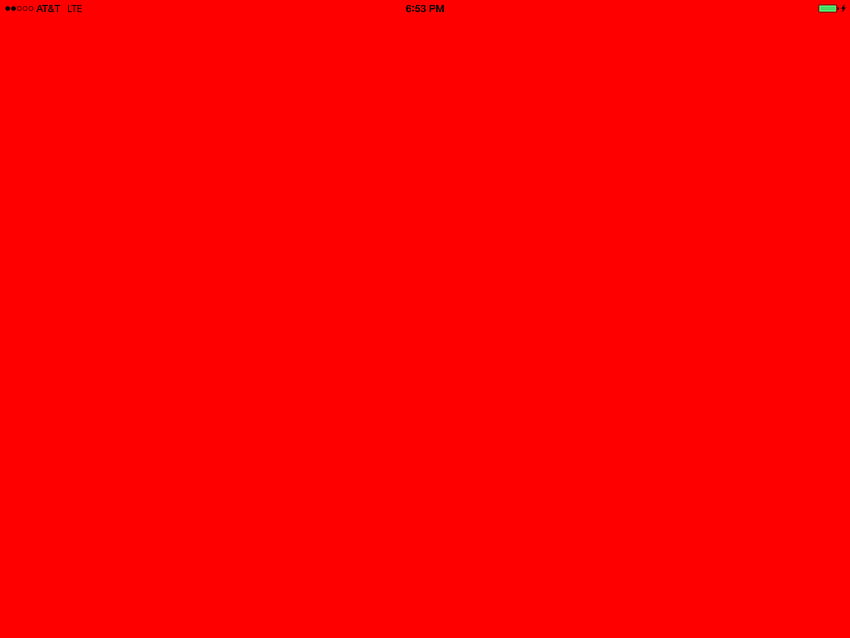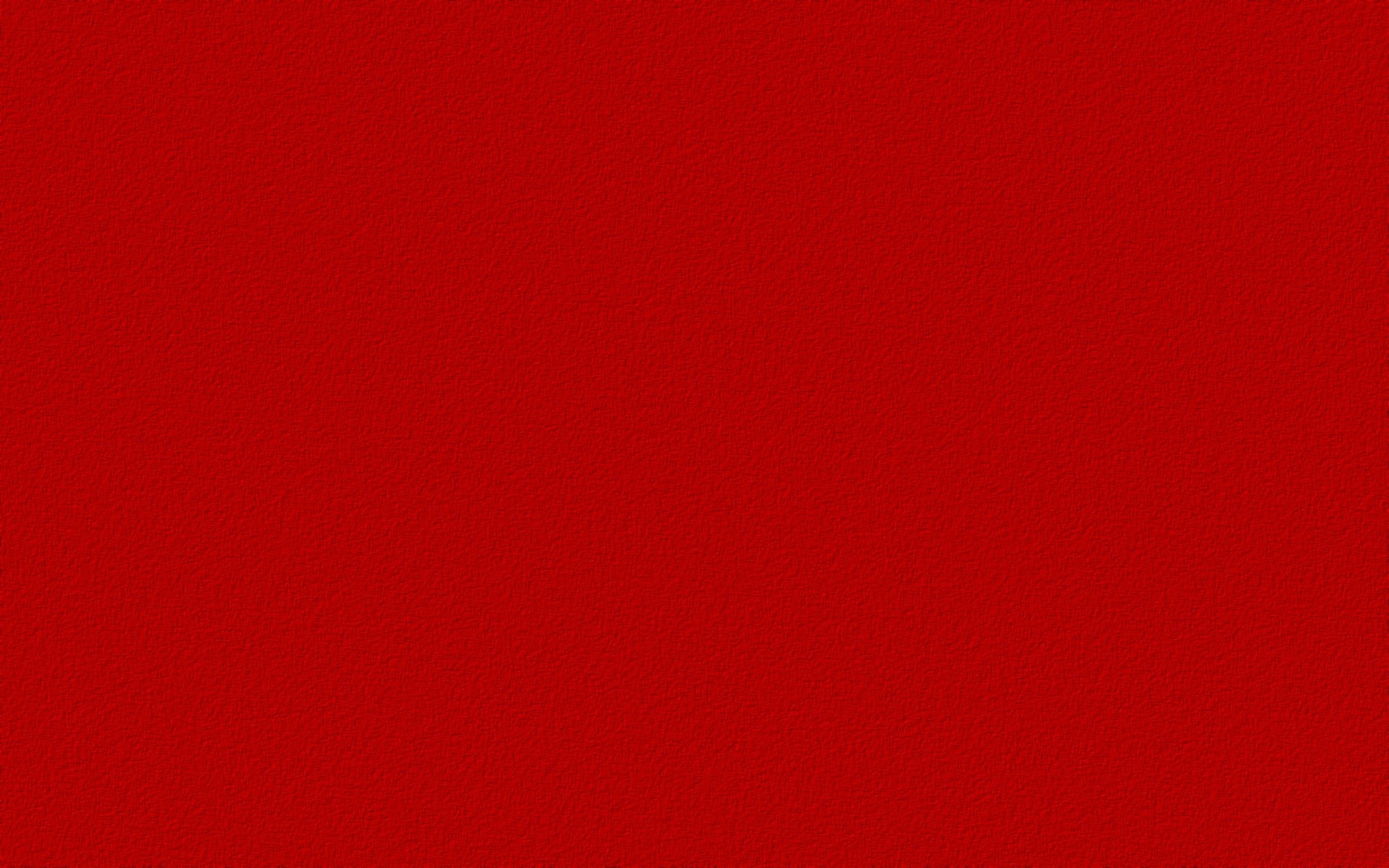Red And Green Make What Color - A Simple Guide
Have you ever wondered what happens when you bring together two very distinct colors, like a vibrant red and a calming green? It's a pretty common question, and the answer can be a bit surprising, depending on whether you're talking about light or about actual paints you might use for a project. We often see these colors all around us, in nature, in art, and even in everyday objects, so it's natural to think about how they interact.
Many people, when they think about mixing colors, picture a palette and brushes, perhaps for a painting or an art piece. In that particular setting, the outcome of mixing red and green can seem a little unexpected, actually. It’s not always what you might guess at first glance, and that's perfectly okay because color mixing has its own rules, you know? There are different ways colors come together, and each way gives you a different result.
Then there's the other side of the coin, which involves light. When we talk about colors of light, like the kind that comes from a screen or a projector, red and green behave in a totally different manner. This difference is pretty interesting, and it helps explain why sometimes you get one result and other times you get something else entirely. So, in some respects, figuring out what red and green make really depends on what kind of mixing you're doing.
Table of Contents
- What Happens When Red and Green Paint Mix?
- Why Do Paint Colors Change Like That?
- How Do Red and Green Light Combine?
- What is Additive Color Mixing?
- Exploring Other Color Combinations
- What Are Secondary Colors?
- How Does an Object's Color Appear in Different Lights?
- The Basics of Color Theory
What Happens When Red and Green Paint Mix?
When you take tubes of red and green paint and swirl them together, you might be looking for a bright new hue, but what often appears is a shade of brown. This can feel a little surprising, especially if you were hoping for something more lively. It's not a trick, though; there's a good reason for this particular outcome. The physical properties of paint, you see, work a bit differently from how light behaves, and that's where the magic, or rather, the science, happens. So, in a way, the result of mixing red and green paint is quite consistent once you know the reason.
The main thing to keep in mind is that paints are made up of tiny little bits of color, called pigments. When you combine red and green paints, you're essentially bringing together a lot of these tiny color bits. The more colors you add to your paint concoction, the more these pigments start to absorb almost every bit of light that hits them. This absorption is key, as it keeps the paint from showing off lighter colors like yellow or even pure white, which might otherwise appear if the mix was different. It's almost like the pigments get a bit overwhelmed, if that makes sense.
There's also a point to be made about how much of each color you decide to put into your mix. If you add a lot of one color and just a little of another, the outcome will certainly lean more towards the dominant color. However, when red and green are combined in somewhat equal measure, or even when other colors like blue are thrown in with them, the result tends to be a somewhat brownish color. This brown often has just a tiny hint of black, but it’s not a deep, dark black. It's more of a muted, earthy tone, which is really quite interesting to observe.
So, the reason why green and red paint tends to turn brown is largely because you've overloaded the paint with all these different color pigments. These pigments are doing their job, which is to soak up light. When there are too many different types of pigments all trying to soak up light, the paint loses its ability to reflect specific brighter colors, and that's why you get that brown shade. It's a very direct result of how paint pigments interact with light and with each other.
Why Do Paint Colors Change Like That?
The process of paint colors changing, especially when red and green come together to make what color brown, has everything to do with how paint works on a fundamental level. Paint isn't just color; it's a collection of tiny particles, those pigments we talked about earlier, suspended in a liquid. Each pigment is designed to absorb certain parts of the light spectrum and reflect others. The color we see is simply the light that bounces back to our eyes. So, for example, a red paint pigment absorbs all colors of light except red, which it sends back for us to perceive. This is how we see red, you know?
Now, when you mix two different paint colors, say red and green, you're bringing together two sets of pigments, each with its own light-absorbing preferences. The red pigments are absorbing greens and blues, while the green pigments are absorbing reds and blues. When they are together, they are collectively absorbing a much wider range of light wavelengths. This combined absorption means there's very little light left to be reflected back to your eyes in any distinct, bright color. What’s left, more often than not, is a muddy, brownish shade. It’s almost like all the light gets "used up" by the pigments.
Think of it like this: if you have a lot of different sponges in a bucket of water, each sponge will soak up some of the water. If you put enough sponges in, pretty soon there won't be much water left in the bucket. In a similar way, when you overload paint with various pigments, those pigments absorb so much of the available light across the color spectrum that the paint simply cannot display brighter, purer colors, like yellow or white. This is why you get that somewhat muted, brownish effect when red and green paints are combined. It’s a pretty simple principle at play, actually.
The exact shade of brown you get can, in fact, depend on the specific types of red and green pigments used, and just how much of each you decide to add. A little more red might give you a warmer brown, while more green could make it a bit cooler. But the general outcome of a brownish color is a very typical result of mixing these two particular hues in a subtractive way, which is what happens with paint. It’s a fascinating aspect of how colors truly behave when they are mixed in a physical form, you know?
How Do Red and Green Light Combine?
Moving away from paints, when we talk about light, the rules of color mixing change entirely. This is a very different kind of interaction, and it gives us a completely different answer to the question of what red and green make what color. When you combine red light, green light, and blue light together, the result is truly quite striking: you get white light. It's like a beautiful rainbow coming together, but in a very specific way, where these three fundamental colors of light create pure brightness. This process is actually pretty common in our daily lives, even if we don't always notice it.
Consider the screens you look at every day, like your computer monitor, your television, or your phone. These devices use tiny red, green, and blue light sources, or pixels, to create all the colors you see. When those little red and green lights are turned on at the same intensity, they combine to form yellow light. If you then add blue light to that yellow, or if you simply turn on all three, red, green, and blue light sources, at their fullest strength, you get white light. It’s a bit counter-intuitive compared to mixing paints, but it’s how our digital world gets its vibrant colors.
This phenomenon, where red, green, and blue light combine to create lighter colors, eventually leading to white, is known as additive color mixing. It’s called "additive" because you are literally adding light together, and the more light you add, the brighter the result becomes. This is the opposite of how paint works, where adding more pigments tends to make things darker. So, when you ask what red and green make what color in terms of light, the answer is usually yellow, and when blue is added to that mix, you get white. It’s a really neat concept, actually, and it helps us understand how displays work.
It's interesting to think about how these primary colors of light behave. They are the fundamental building blocks for creating almost any color you can imagine on a screen. The intensity of each of these three light sources can be adjusted, allowing for millions of different color variations. So, while mixing red and green paint might give you a muted brown, mixing red and green light gives you a bright, cheerful yellow, and adding blue completes the spectrum to white. It’s a very clear distinction between the two ways colors can interact, and it's quite fascinating to observe.
What is Additive Color Mixing?
Additive color mixing is a system where colors are created by adding light together, and it's a very important concept for understanding what red and green make what color when we are dealing with light sources. In this system, the primary colors are red, green, and blue light. These three colors are considered primary because you can combine them in different ways to produce almost any other color of light. When these primary colors are combined, they produce lighter colors, and when all three are mixed at their full intensity, the result is pure white light. It's really quite a straightforward idea.
Think about how your television or computer screen works. Each tiny spot on the screen, known as a pixel, is made up of even smaller sub-pixels that emit red, green, and blue light. By adjusting the brightness of each of these three sub-pixels, the screen can create a vast spectrum of colors. For example, if only the red and green sub-pixels are lit up, you see yellow. If only red and blue are lit, you see magenta. If green and blue are lit, you see cyan. This blending of light directly into your eyes is what additive mixing is all about, and it's how our devices display such vivid images.
Our tools, like the ones used in digital art or design programs, often use additive color mixing, specifically the RGB (Red, Green, Blue) model, to blend colors. When you tell a program to mix two colors based on a certain ratio, the algorithm behind it calculates the specific red, green, and blue values for each color. Then, it combines those values to figure out the final color's RGB breakdown. This means that if you're working with digital colors, you're almost certainly working with an additive system, and the rules for what red and green make what color are based on light, not paint. It’s a pretty neat way for computers to handle color, you know?
The core idea is that you're starting with darkness and adding light to create colors. The more light you add, the closer you get to white. This is completely different from paint mixing, which starts with a white surface and subtracts light as pigments absorb it. So, while the term "color mixing" might sound simple, the actual process and results depend entirely on whether you're dealing with light or with physical pigments. Understanding additive mixing helps clarify why red and green light behave so differently from red and green paint, and it’s a truly fundamental concept in how we perceive digital colors.
Exploring Other Color Combinations
Beyond the question of what red and green make what color, there are many other interesting color combinations to explore, both in terms of light and paint. Each mix has its own unique outcome, and these results can vary quite a bit depending on the amounts of each color you put in. It's a bit like cooking, where a pinch more of one ingredient can totally change the flavor of a dish. The same goes for colors, whether you're working with a palette or with beams of light. So, in some respects, understanding proportions is just as important as knowing which colors to combine.
For instance, when you mix green and blue together, you typically get a lovely shade of teal or turquoise. The exact appearance of this color really depends on the proportions of each color used. If you add more blue, it will lean more towards a deep, oceanic turquoise. If you add more green, it might be a brighter, more vibrant teal, perhaps like the color of a clear lagoon. These are often seen as very calming and refreshing colors, and their creation is a straightforward example of how two primary or secondary colors can combine to form something new and beautiful. It's a pretty simple mix, actually.
Other common paint combinations include blue and red, which consistently make purple. Then there's blue and yellow, which, as many of us learned early on, make green. These results are pretty consistent and form the basis for creating a wider range of colors. You can really make all different colors by varying the amount of each color you use. A little more red with blue will give you a reddish-purple, while more blue will result in a bluer-purple. This flexibility is what makes color mixing such a creative process, and it allows for a vast array of artistic expression, you know?
It's also interesting to consider how secondary colors interact with other hues. For example, if you combine purple, which is a secondary color made by mixing red and blue, with beige, which is a warm, neutral color with hints of yellow and brown, you will generally create a soft, dusty shade. This kind of mixing is often used to create more subtle or muted tones, which can be very appealing in certain design contexts. So, in a way, the possibilities are nearly endless when you start experimenting with different combinations and varying the amounts of each color. It’s a truly fascinating area to explore, and it's all about how light and pigments interact.
What Are Secondary Colors?
To fully grasp what red and green make what color, and how other combinations work, it's helpful to understand the concept of secondary colors. Secondary colors are those that you get by

134 Shades Of Red Color With Names, Hex, RGB, CMYK Codes, 53% OFF

Plain Red Color Backgrounds

Red Colour Wallpaper Hd 1080p - Infoupdate.org